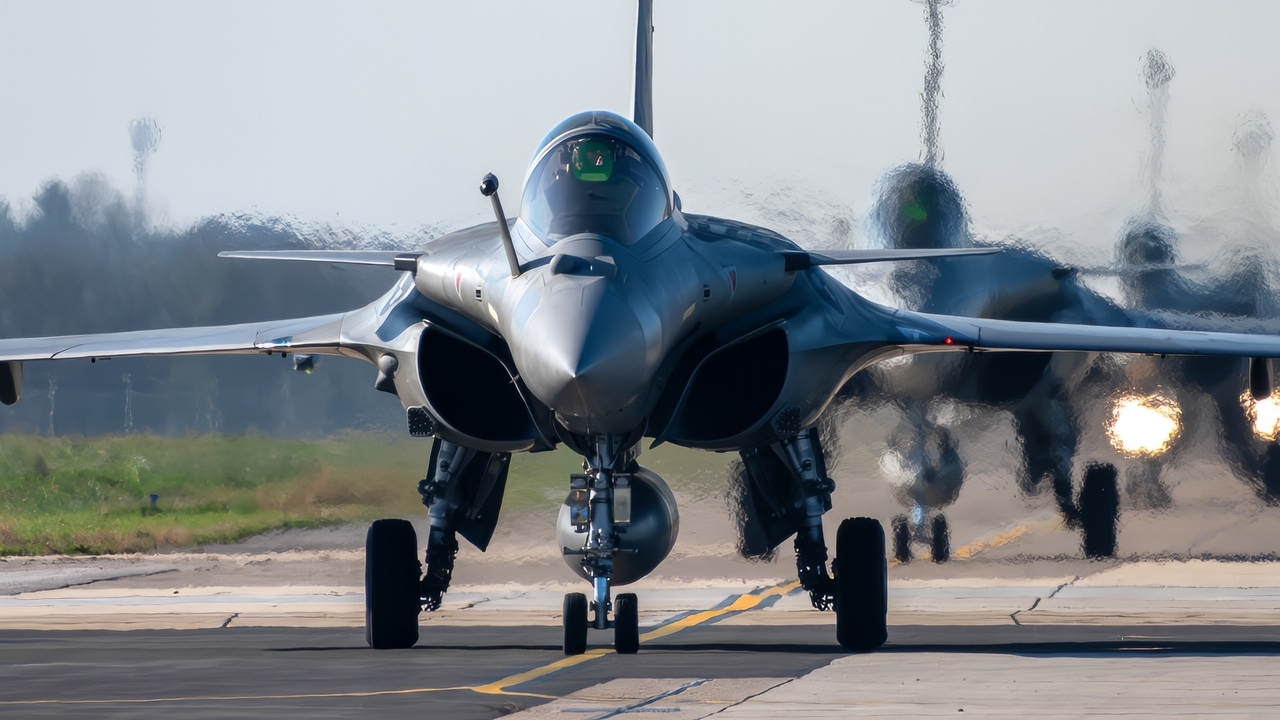Key Points and Summary – France is upgrading its Rafale fighter to a new F5 “Super Rafale” standard, positioning it as a direct European competitor to the American F-35.
-Set to enter service around 2030, the F5 will feature advanced electronic warfare, new missiles, and the ability to control “loyal wingman” drones.
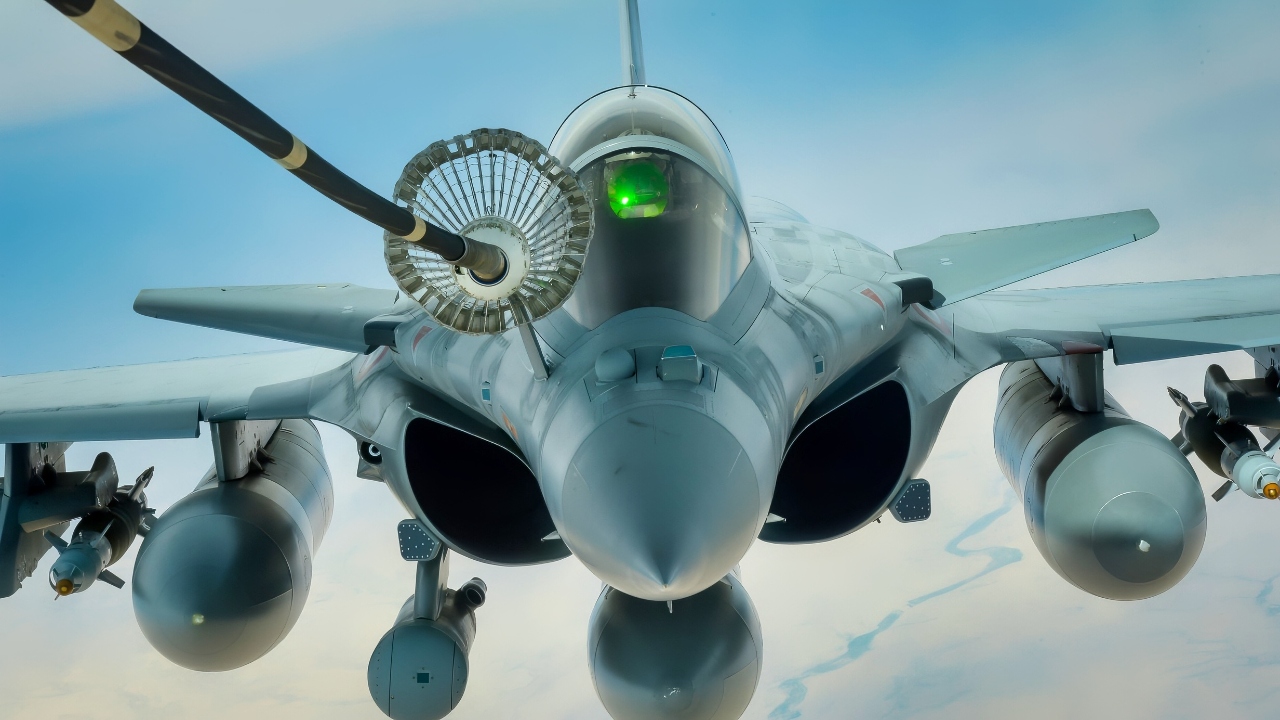
A French air force Dassault Rafale refuels from a U.S. Air Force KC-10 Extender from the 908th Expeditionary Air Refueling Squadron before conducting an aerial refuel during a Combined Joint Task Force – Operation Inherent Resolve mission March 20, 2017. The KC-10 provides aerial refueling capabilities for U.S. and coalition aircraft as they support Iraqi Security Forces and partnered forces as they work to liberate territory under the control of Islamic State of Iraq and Syria. (U.S. Air Force photo by Senior Airman Joshua A. Hoskins)
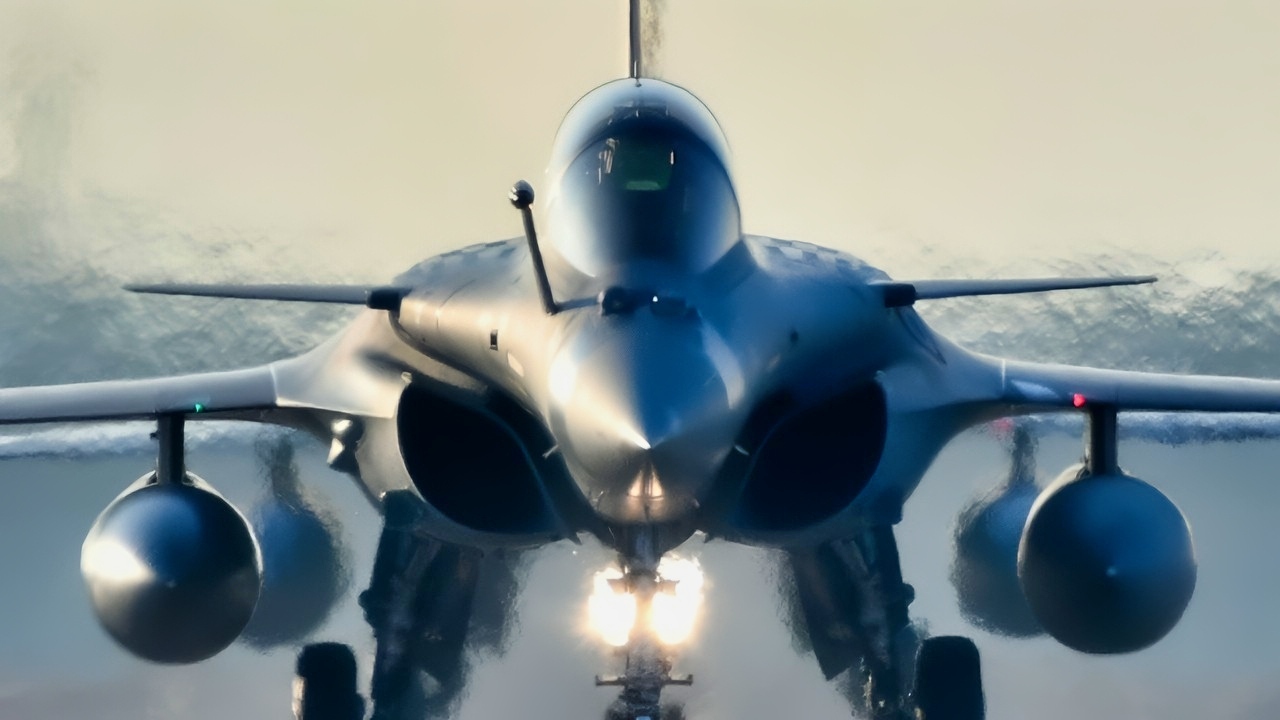
Dassault Rafale Fighter. Image Credit: Creative Commons.

Dassault Rafale Fighter in India. Image Credit: Creative Commons.
-This move aims to capitalize on growing concerns among some European nations about their dependence on U.S. technology.
-With countries like Portugal and Spain already reconsidering the F-35, the Rafale F5 could emerge as a credible non-American option and reshape the European fighter market.
France’s Rafale F5 Challenges F-35 As Europe Rethinks Dependence On U.S.
As some European countries pause to reconsider plans to procure F-35 stealth fighter jets from the United States, France has unveiled plans to upgrade its formidable Rafale fighter jet. The program is designed to be a direct competitor to the United States’ F-35 Lightning II.
Dassault Aviation’s chief, Eric Trappier, confirmed earlier this year that the company expects a development contract from Paris soon, with the upgraded Rafale F5 – unofficially dubbed the “Super Rafale” – slated to enter service around 2030.
The aircraft is intended to succeed the current Rafale F4 and reverse years of market losses to the F-35.
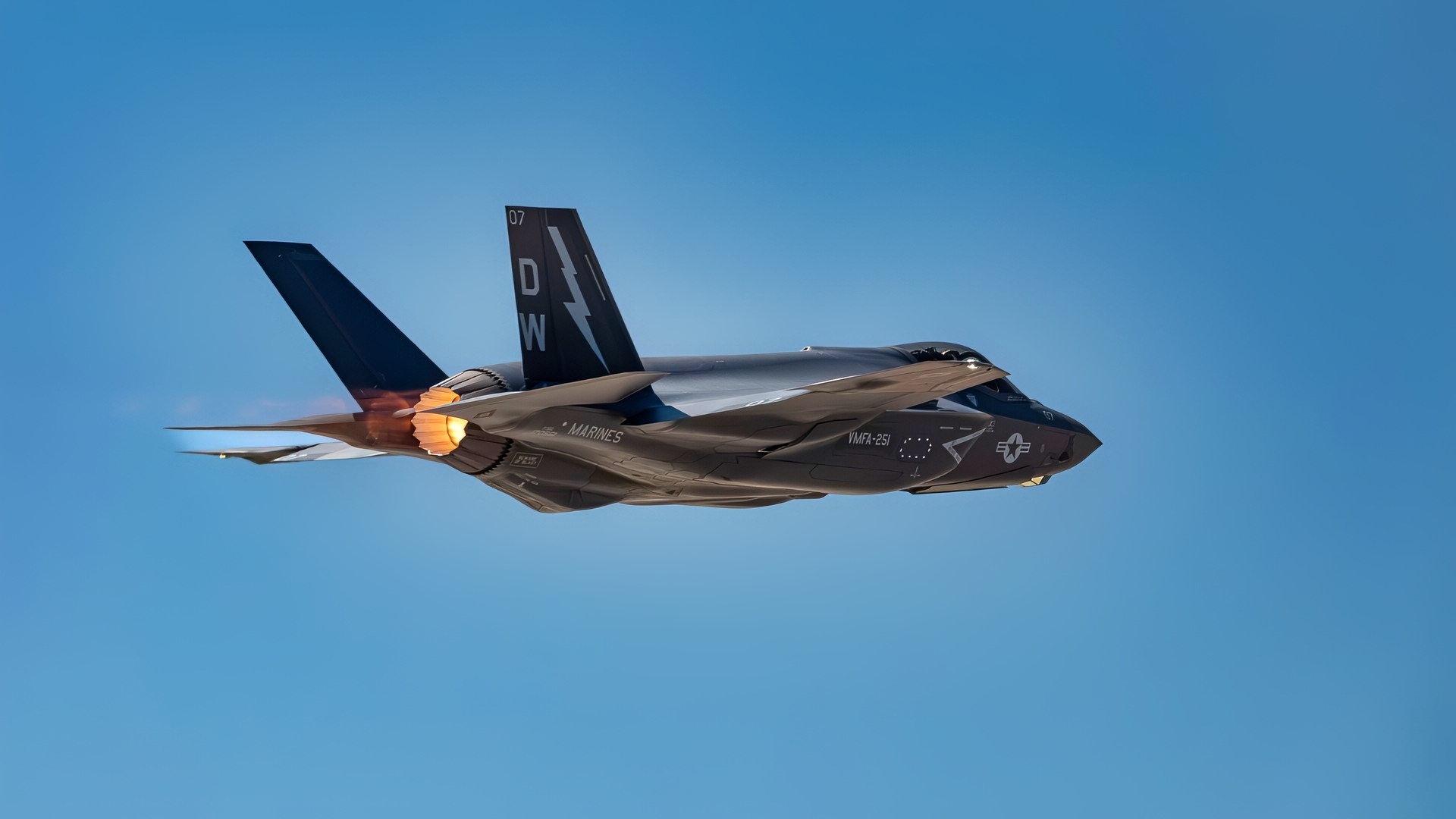
A U.S. Marine Corps F-35C Lightning II assigned to Marine Fighter Attack Squadron 251 (VMFA-251), Marine Corps Air Station Cherry Point, North Carolina, takes off for a mission in support of Red Flag-Nellis Marine Fighter Attack Squadron 251 (VMFA-251), 2nd Marine Aircraft Wing, Marine Corps Air Station Cherry Point, North Carolina 25-3 from Nellis Air Force Base, Nevada, July 22, 2025. Red Flag, strengthens join-force readiness through integration in realistic combat scenarios, enhancing interoperability and rapid-response capabilities. (U.S. Air Force photo by William R. Lewis)
In recent European competitions, Dassault has repeatedly seen its platform sidelined in favor of Lockheed Martin’s stealth jet, even among close French allies.
And while Rafale has secured notable export deals in Asia and the Middle East, including with Indonesia, France has struggled to hold ground on its own continent.
The F5, however, is intended to change that trajectory and potentially capitalize on a trend of U.S. allies in Europe—and beyond—looking to diversify their air fleets and reduce their dependence on U.S. technology.
According to French defense officials, the aircraft will introduce a suite of advanced electronic warfare tools, a defensive protection “bubble,” and integration with the Future Cruise Missile and Future Anti-Ship Missile, which will replace the SCALP/Storm Shadow and Exocet.
The jet is also expected to be configured to deliver France’s future ASN4G hypersonic nuclear missile, ensuring its role as part of the country’s nuclear deterrent.
Equally significant is Dassault’s plan to pair the fighter with unmanned systems, which is rapidly becoming an industry standard for next-generation fighter aircraft.
The F5 is being designed to control loyal wingman drones such as the “nEUROn” unmanned combat air vehicle (UCAV), creating a networked “combat hive” with both direct pilot oversight and autonomous functionality. French analysts have already described the features as part of a broader “Club Rafale” ecosystem, which links manned and unmanned platforms into a single operational web.
The French Air Force currently fields the Rafale F3R and is transitioning to the F4. The planned jump to the upgraded F5 reflects Paris’s determination to not only keep pace with the United States and its European partners but to position the Rafale as a genuine long-term alternative to the F-35 in a crowded global market.
The Rafale Timeline
France’s Rafale modernization roadmap is now clearer than ever, as the service begins operational deployment of the F4 and accelerates preparatory work on the F5 Super Rafale.
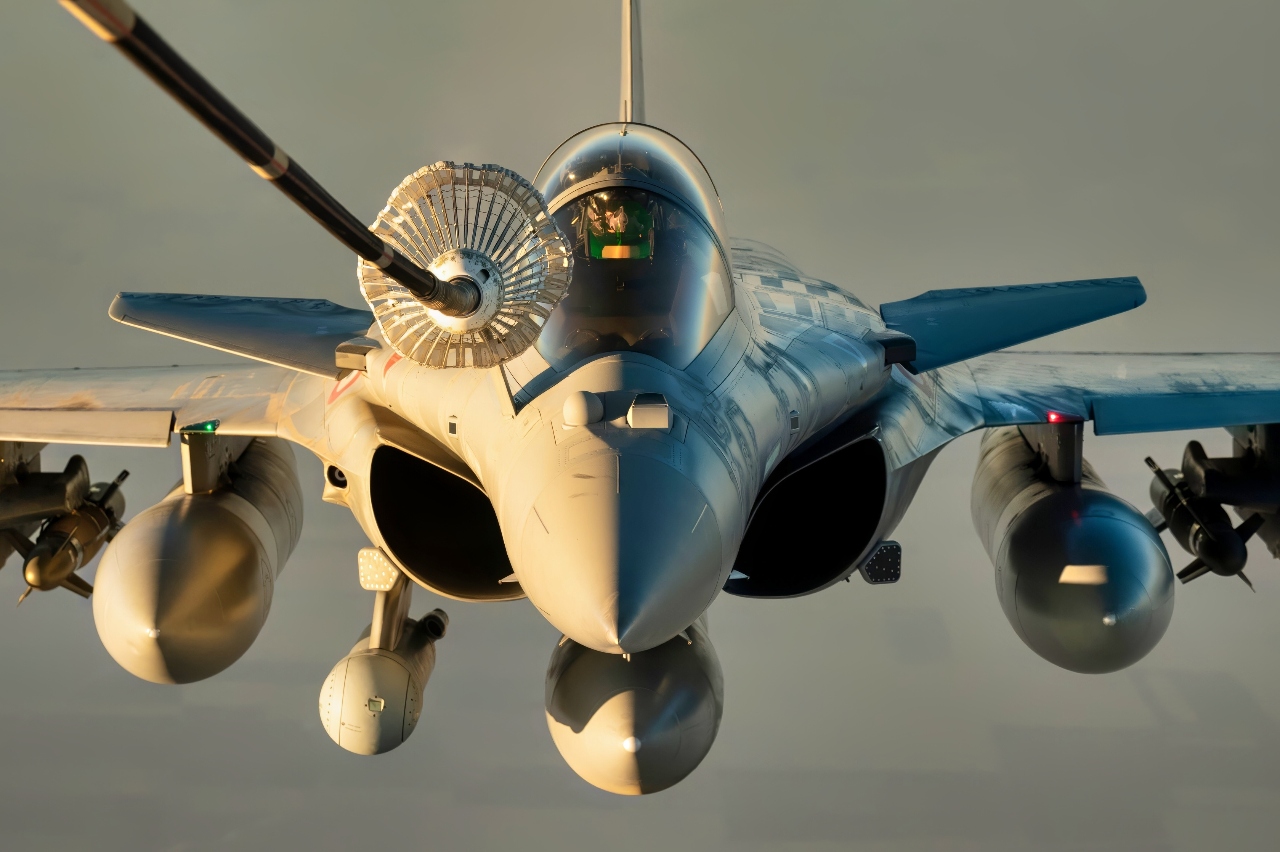
A French Rafale fighter aircraft prepares to receive fuel from a U.S. Air Force KC-10 Extender assigned to the 908th Expeditionary Air Refueling Squadron, during a partner nation aerial refueling mission in the U.S. Central Command area of responsibility, Feb. 20, 2023. The KC-10 provides U.S. and partner nation aircraft the ability to remain in the air for longer durations, maximizing their patrol time and ensuring regional stability. (U.S. Air Force photo by Tech. Sgt. Daniel Asselta)
The Rafale F4 upgrade, intended to replace the F3R, is now entering service, with the first operational F4.1 jets having been delivered to the French Air and Space Force in February 2024. The program’s timeline now spans from incremental upgrades through the late 2020s into full operational F5 deployment by 2030.
The process began in January 2019, when France’s Ministry of Armed Forces signed a €2 billion contract with Dassault Aviation to develop the F4 standard, alongside an order for 28 upgraded aircraft. That contract explicitly tasked Dassault with integrating enhanced avionics, secure communications, and an open-systems architecture to allow future payload flexibility.
Flight testing of F4 upgrades commenced in 2021, to achieve full qualification of the F4 standard by 2024, meaning it has passed all technical, safety, and performance tests.
By March 2023, the French Air and Space Force accepted its first operational F4 aircraft. In October 2024, Minister Sebastien Lecornu formally launched the development work on the Rafale F5 Standard.
According to Janes, the first deliveries of F5 standard aircraft are expected as early as 2027, with full operational capability by 2030.
Between 2025 and 2030, France will run both standards in parallel – fielding F4 upgrades while ramping up F5 testing and limited production. And while the F5 will be the most advanced Rafale ever fielded, it is still intended to act as a bridge towards France’s next-generation European fighter under the Future Combat Air System (FCAS).
A Sign Of Things To Come?
Just as the Dassault Rafale F5 gains attention as a viable competitor to the F-35, European governments are increasingly questioning their reliance on U.S. military platforms – and even looking for alternatives to Lockheed Martin’s F-35. Spain has officially shelved plans to acquire F-35s, opting instead to invest in European alternatives like the Eurofighter and the FCAS.
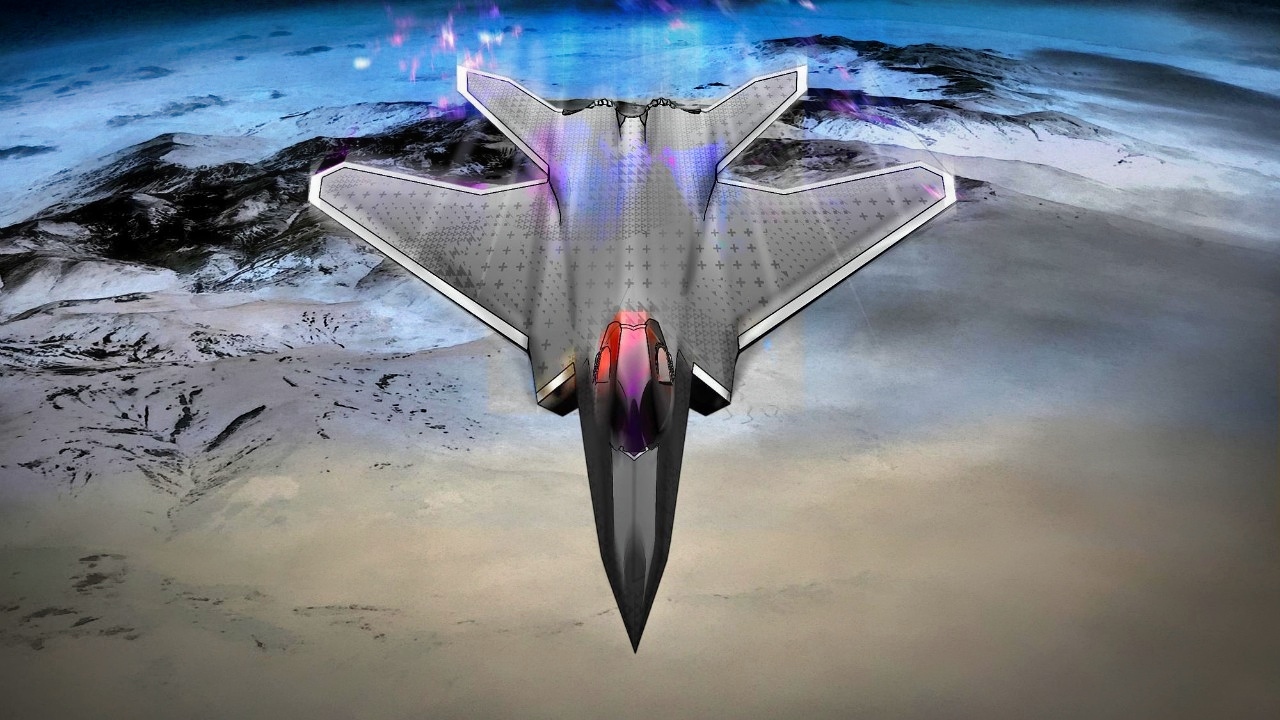
FCAS Fighter from Dassault. Image Credit: Dassault.

FCAS Fighter Mock Up. Image Credit: Creative Commons.
Portugal, too, is signaling its own plans to shift its procurement strategy. In March 2025, Lisbon’s defense minister stated that concerns over the U.S. political climate and Portugal’s reliance on American software and supply chains have led the country to reconsider its earlier plans to procure the F-35. Some reports now suggest Portugal is considering the French Rafale as its preferred alternative.
If France can deliver the F5 on schedule, with robust electronic warfare capabilities and networked drones, the aircraft could well serve as a credible non-American option for NATO members seeking to minimize their dependence on U.S. innovations. Over time, such a shift could reshape the transatlantic defense industrial balance, diminishing U.S. leverage (and dominance) over allies and creating new, competitive dynamics within the European fighter jet market.
About the Author:
Jack Buckby is a British author, counter-extremism researcher, and journalist based in New York. Reporting on the U.K., Europe, and the U.S., he works to analyze and understand left-wing and right-wing radicalization, and reports on Western governments’ approaches to the pressing issues of today. His books and research papers explore these themes and propose pragmatic solutions to our increasingly polarized society. His latest book is The Truth Teller: RFK Jr. and the Case for a Post-Partisan Presidency.
More Military
‘Captain, We Have Been Hit’: A Tiny Nuclear Submarine ‘Sank’ $4.5 Billion Navy Aircraft Carrier
America’s F-35 Stealth Fighter Simply Summed Up In Just 1 Word
China’s New J-35 Stealth Fighter Simply Summed Up In Just 1 Word
The U.S. Navy Is Now ‘Cannibalizing’ Its Own Fighter Jets and Submarines
Operation Black Buck: How Avro Vulcan Bombers Broke Range Records in the Falklands War


